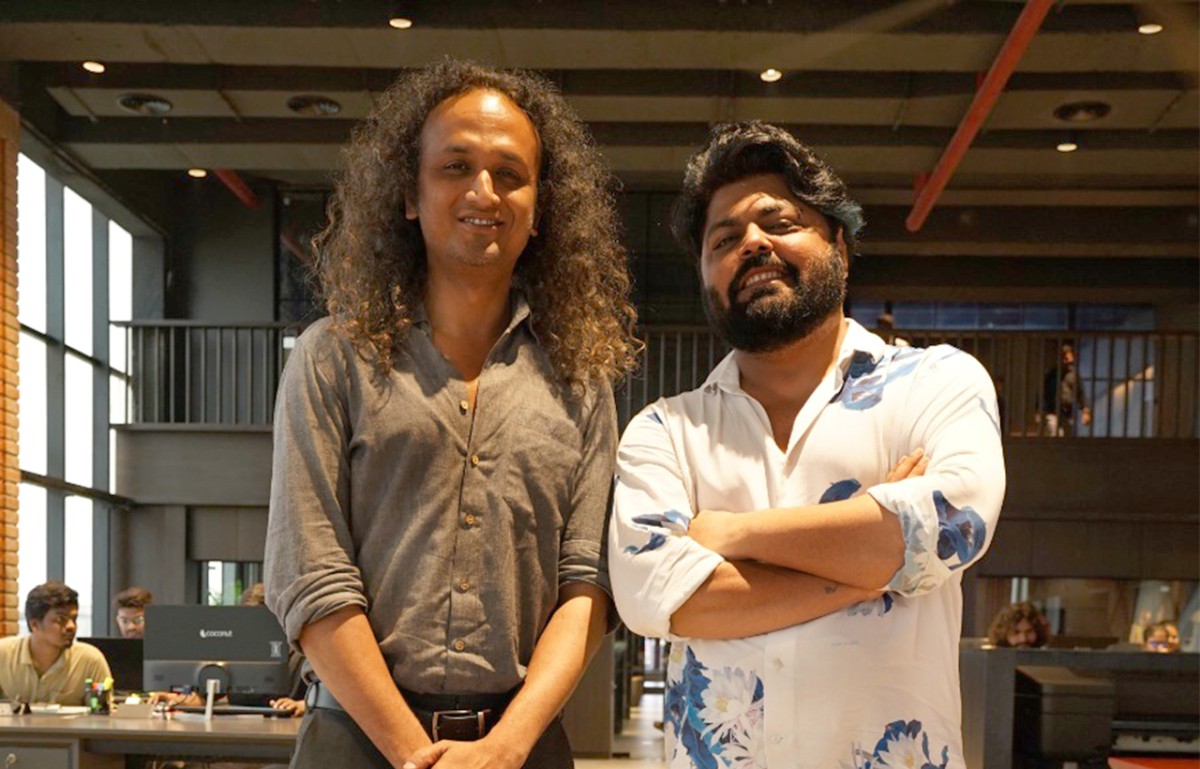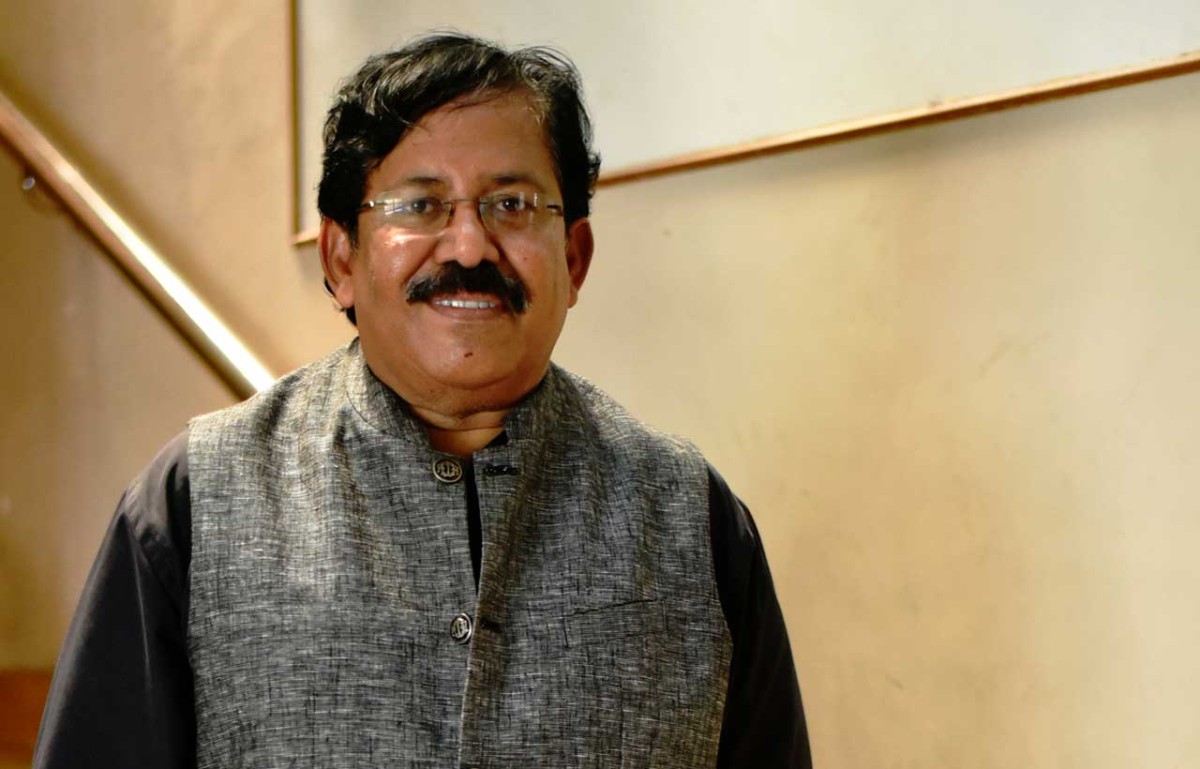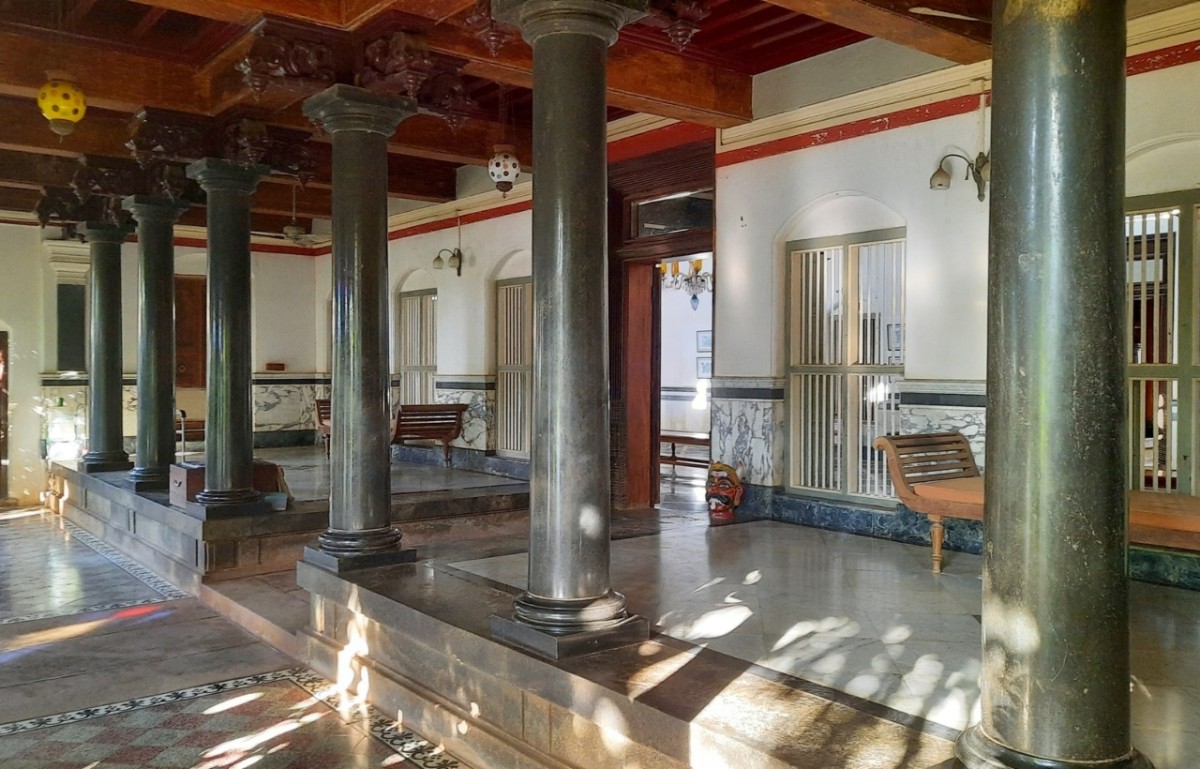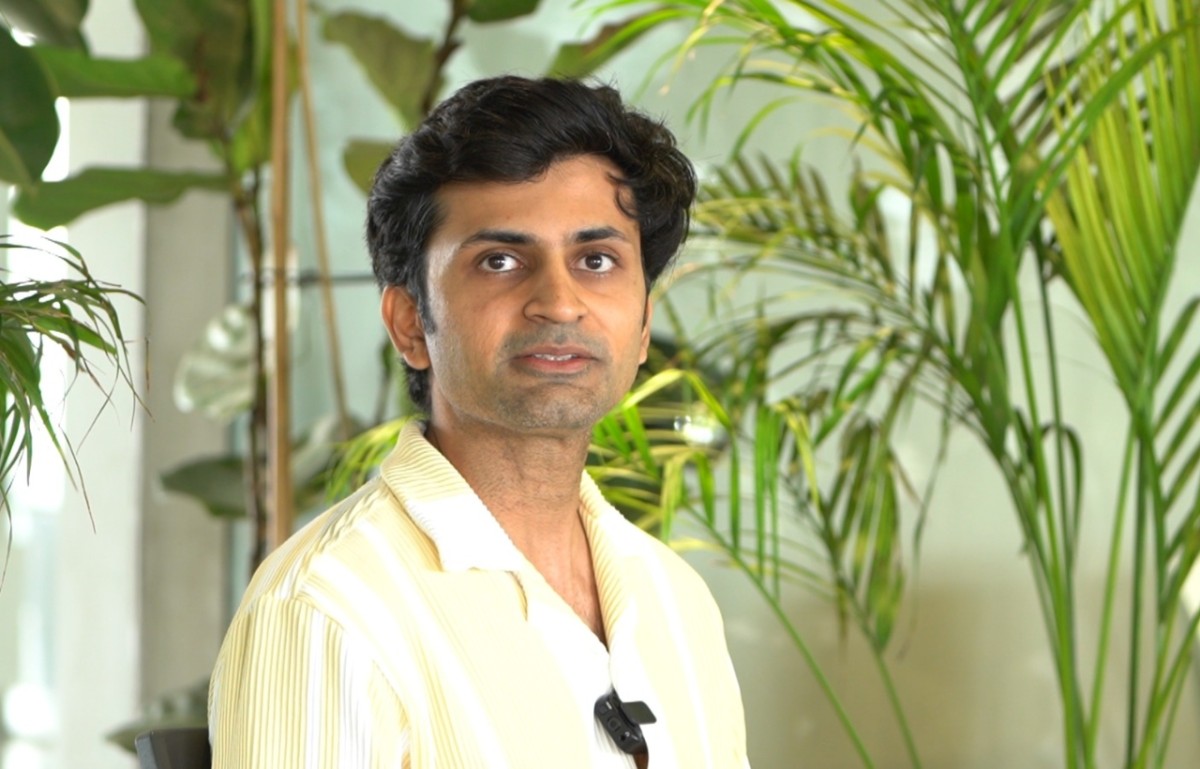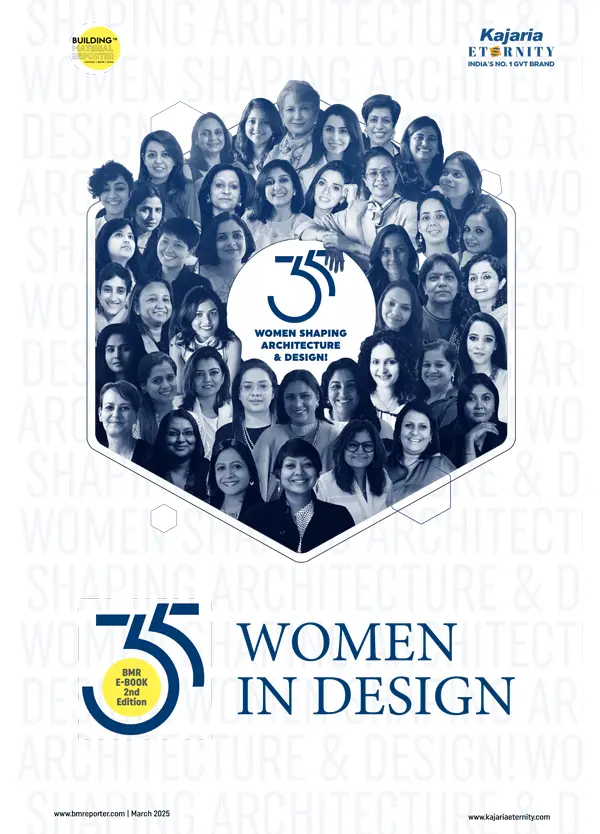Swathy Sivaraman talks about Elastic Architecture, circular systems, and blending tradition with technology
- August 2, 2025
- By: Editorial Team
- INFLUENCERS
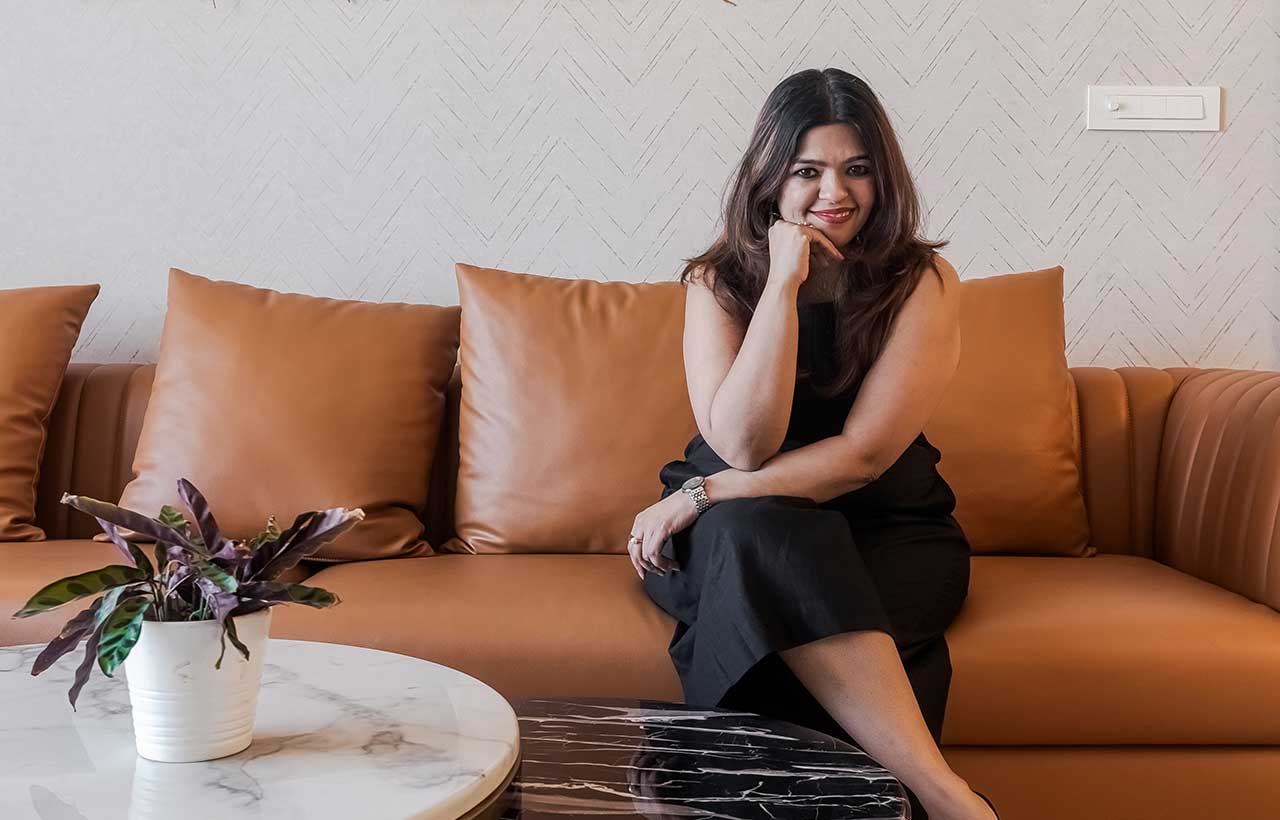
With a deep-rooted belief in circular systems, contextual materiality, and tech-enabled adaptability, Swathy Sivaraman — CEO and Principal Architect at Storeyboard Design is championing a new era of “Elastic Architecture.” From her Harvard education in Sustainable Management, she brings together craftsmanship, storytelling, and intelligent design to shape environments that evolve with their users. In this powerful interview, Swathy shares how the firm is reimagining India’s traditional materials, embedding AI in design processes, and building spaces that are resilient, meaningful, and emotionally enduring.
1. What’s one material or design approach you believe will define 2025?
The transition in 2025 will involve the thoughtful incorporation of conventional materials through effective, regional procurement rather than a new "material of the moment." In order to respect India's legacy while keeping in mind the international sustainability standards, we at Storeyboard Design are reinterpreting materials like lime plaster, oxide floors, salvaged wood, and woven cane using modern processes. However, how we design around these materials from comprehending the carbon cost of transportation to working with artisan clusters to create decentralised supply chains.
As a graduate of Harvard University's HES program in Sustainable Management, I think materiality needs to be connected to traceability, resilience, and adaptation. Designers have the capacity to minimize waste, simplify the supply chain, and provide accountable beauty. For us, it’s not just about material selection — it’s about creating circular systems where design, sourcing, and execution speak a common language.
2. How are you incorporating technology (AI, smart materials, digital tools) into your creative process today — and how do you see it evolving?
Technology today is embedded in every part of our design process — not as a replacement for creativity but as an enabler of speed, clarity, and communication. AI helps us generate quick moodboards, test layouts, and iterate spatial concepts that clients can visualize instantly. We’re also integrating smart display surfaces, such as 3D LED walls in retail and smart writing TVs in boardrooms that double up as sketchpads and real-time collaboration tools. These aren’t just gadgets — they enhance engagement and utility.
What excites me most is how AI and adaptive technology will soon enable dynamic interiors spaces that change with user needs, time of day, or mood. It’s a future where material, light, and space are intelligent and responsive. And for designers, it means new possibilities in co- creation, storytelling, and real-time feedback loops. The future is not about choosing between human and machine — it’s about knowing how to collaborate with both.
3. Sustainability continues to shape design — what new practices, materials, or mindsets are you adopting to push it further in 2025?
Our 2025 approach is rooted in sustainability as system thinking, not as an isolated checklist. Beyond eco-materials, we’re adopting integrated project management to reduce inefficiencies, construction waste, and energy consumption right from design to execution. We are also reinterpreting vernacular materials like stone, terracotta, and handwoven textiles through modern detailing and application — so that heritage finds expression in the present. From wall plasters to floor systems, our choices balance durability, low maintenance, and local cultural resonance.
More importantly, we’ve shifted to hyperlocal sourcing and direct artisan engagement, building ecosystems that reduce carbon and support community resilience. And that mindset extends to design for disassembly and longevity — spaces built to evolve, not expire. Sustainability is not just the responsibility of architects. It's our opportunity to influence behaviour, emotion, and identity through thoughtful design. In every project, we ask: Will this stand the test of time — both environmentally and emotionally?
4. What role does “brand thinking” or storytelling play in your spatial, product, or architectural work today?
Storytelling is the foundation of how we design — not as a final touch, but as the starting point. At Storeyboard Design, we craft spaces as lived narratives, where every texture, layout, or detail communicates identity, memory, and meaning. In residential projects, this often begins with deeply personal cues — a family’s heritage, travel, rituals, or even an old piece of furniture. These narratives translate into layered material palettes, spatial zoning that aligns with emotional flow, and moments of pause and memory. It’s how a home becomes not just livable, but intimate.
In retail, brand thinking allows us to build immersive environments that express the ethos and aspiration of a label — from visual storytelling in displays to spatial choreography that guides user experience. Every surface becomes an extension of brand culture. In corporate and hospitality projects, we translate business values and positioning into tangible design decisions — such as tone-setting reception zones, breakout areas that reflect team dynamics, or custom installations that act as brand anchors. Brand thinking ensures that we’re not designing in isolation but creating experiences with clarity and intention. It brings coherence across scales and functions — and helps our clients not just inhabit a space, but own its story.
5. If you had to predict one major shift in how we live, work, or build — what would that be in the next 2–3 years?
We’re on the cusp of what I call “Elastic Architecture” — where spatial systems flex in real time to changing human needs. In the next 2–3 years, homes and offices will move beyond fixed layouts into programmable, kinetic environments that adapt lighting, climate, partitions, and even furniture configuration based on time, activity, or mood. Driven by AI, sensor tech, and human-centred design, spaces will become more intuitive — responding to us rather than requiring us to adapt. Imagine a home office that shifts from work mode to unwind mode with a gesture. Or a retail store that changes its entire visual display based on who's entering and their preferences.
This shift is not just technological — it’s philosophical. It acknowledges that humans are fluid, and our spaces must now reflect that fluidity. Designers must lead this evolution — by blending technology with empathy, flexibility with identity. We must design for motion, emotion, and evolution.


